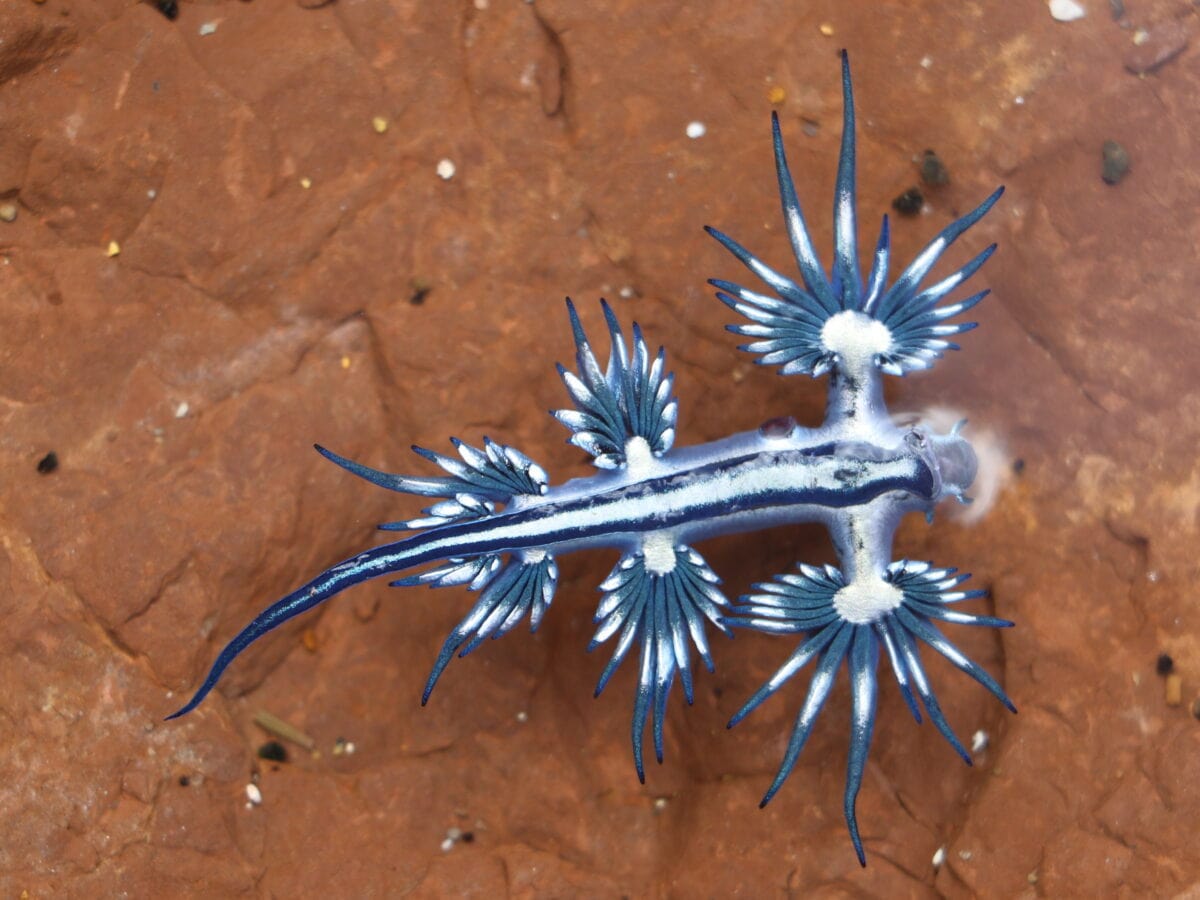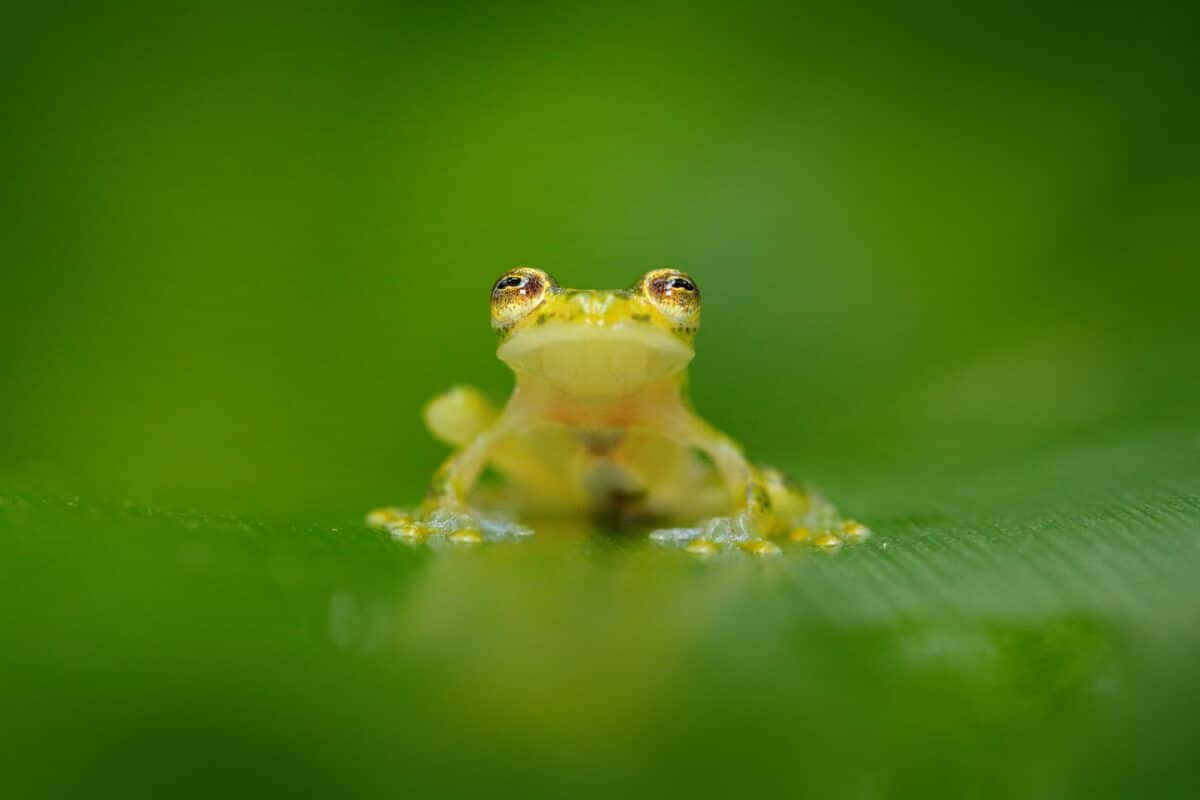From the depths of the ocean to the heights of the sky, Earth is home to a myriad of life forms that defy our imagination. Though much of our wildlife is grounded in the familiar, certain creatures seem to step out of the pages of a science fiction novel. These animals boast bizarre features, alien-like behaviors, and colors that seem almost supernatural. In this article, we explore 12 creatures that look like they could have come from another planet, diving into the peculiarities that make them uniquely fascinating.
1. Tardigrades: The Indestructible Water Bears

Known more commonly as water bears, tardigrades are microscopic creatures capable of surviving in the harshest environments, from the vacuum of space to boiling volcanoes. Their resilience is thanks to their ability to enter a state called cryptobiosis, whereby they essentially curl up and shut down, surviving periods of extreme desiccation or freezing. This alien-like ability allows them to weather conditions that would be fatal to most other life forms on Earth.
2. Axolotls: The Perpetual Peter Pan

This Mexican salamander never grows up, biologically speaking. Known as the “Peter Pan” of the animal kingdom, the axolotl retains its juvenile features throughout its life, a process known as neoteny. With their wide smiles, frilly gills, and the ability to regenerate entire limbs, these creatures undeniably give off an otherworldly vibe.
3. Deep-Sea Anglerfish: Beacon of the Abyss

The anglerfish appears to have stepped out of the deep sea and into the pages of a sci-fi horror novel. Characterized by its grotesque appearance, the anglerfish lures prey with a bioluminescent lure that protrudes from its head. This feature, coupled with a mouth full of razor-sharp teeth, provides the anglerfish a frightening yet fascinating profile reminiscent of alien predators.
4. Glass Frogs: The Transparent Amphibians

Glass frogs are named for their transparent skin, which allows you to see their internal organs as if peering through a window. Found across central and South American rainforests, their translucent appearance provides a stark contrast to more familiar amphibians, making them look like visitors from another world.
5. Mantis Shrimp: The Rainbow-Bodied Boxer

The mantis shrimp is a vivid, murderous sea creature with incredible strength and complex vision. Sporting the most advanced eyes in the animal kingdom, it can see polarized light and detect colors that humans can’t even comprehend. Known for their deadly punches, which can deliver a force equal to a bullet shot, mantis shrimp appear as vibrant warriors from an alien seabed.
6. Glaucus Atlanticus: The Blue Dragon

This small, blue sea slug floats on the ocean’s surface and resembles a mythical beast with its iridescent blue and silver body. Also known as the blue dragon, this creature preys on venomous prey, such as the Portuguese man o’ war, storing their toxins for its defense. This extraordinary lifestyle and appearance give the blue dragon a fantastical charm.
7. Thorny Devil: The Spiky Survivor

From the arid deserts of Australia comes the thorny devil, a lizard covered in sharp, horn-like spines. This spiky exterior deters predators, while their unusual gait and ability to absorb water through their skin add to their list of alien-like traits. Despite their fearsome appearance, thorny devils have a gentle nature, primarily eating ants.
8. Leafy Sea Dragon: The Camouflaged Marvel

Taking camouflage to a masterful level, the leafy sea dragon glides through underwater vegetation, virtually indistinguishable from floating seaweed. Found along the Australian coast, these gentle sea creatures use their leafy appendages for both protection and allure, resembling a piece of alien plant life sentient in its movement.
9. Pink Fairy Armadillo: The Rosy Burrower

With its pink hue and diminutive size, the pink fairy armadillo looks like it belongs in a fairy tale. The smallest species of armadillo, it inhabits the central Argentinian plains, spending most of its life burrowing underground. Its delicate appearance is accentuated by a flexible shell and soft, fuzzy underbelly, further cementing its place as an extraordinary relic from a storybook rather than reality.
10. Vampire Squid: The Enigmatic Deep Diver

Neither vampire nor squid, the vampire squid resides in the dark depths of the ocean. With its jet-black cloak and red eyes, it thrives in low-oxygen environments where few other creatures can survive. Vampire squids have bioluminescent capabilities, using their light-producing organs to communicate and camouflage in the pitch-black ocean trenches.
11. Saiga Antelope: The Bewildering Beast

With its downturned nose and bulbous snout, the saiga antelope looks more like a creature from a fantasy film than a mammal that once roamed the Eurasian steppes. This unique nasal structure aids in filtering out dust and regulating body temperature during the arid summers and frigid winters, providing these antelopes with their distinct, otherworldly appearance.
12. Jerboa: The Long-Eared Leaper

With their tiny bodies, enormous ears, and kangaroo-esque hind legs, jerboas appear plucked from an alien landscape. These nocturnal rodents adapt well to desert life, using their long legs to achieve impressive jumps while their ears dissipate heat. The combination of traits makes jerboas one of nature’s most peculiar and enchanting animals.
Conclusion

Earth’s biodiversity is astounding and never fails to amaze, especially when encountering creatures that defy our understanding of terrestrial life. From the microscopic wonders like tardigrades to the vibrant alien-like appearance of Glaucus atlanticus, these creatures continue to intrigue scientists and nature enthusiasts alike. As we delve into the world of these extraordinary creatures, we are reminded of the vast and varied forms life can take, sparking our imagination and encouraging us to protect the unique biodiversity of our planet.
- Eagles vs. Snakes: Who Would Win? - August 9, 2025
- Why Pandas Were Once Nearly Extinct—and How China Saved Them - August 9, 2025
- This Fish Has the Most Teeth in the Ocean—And Uses Them Well - August 9, 2025

